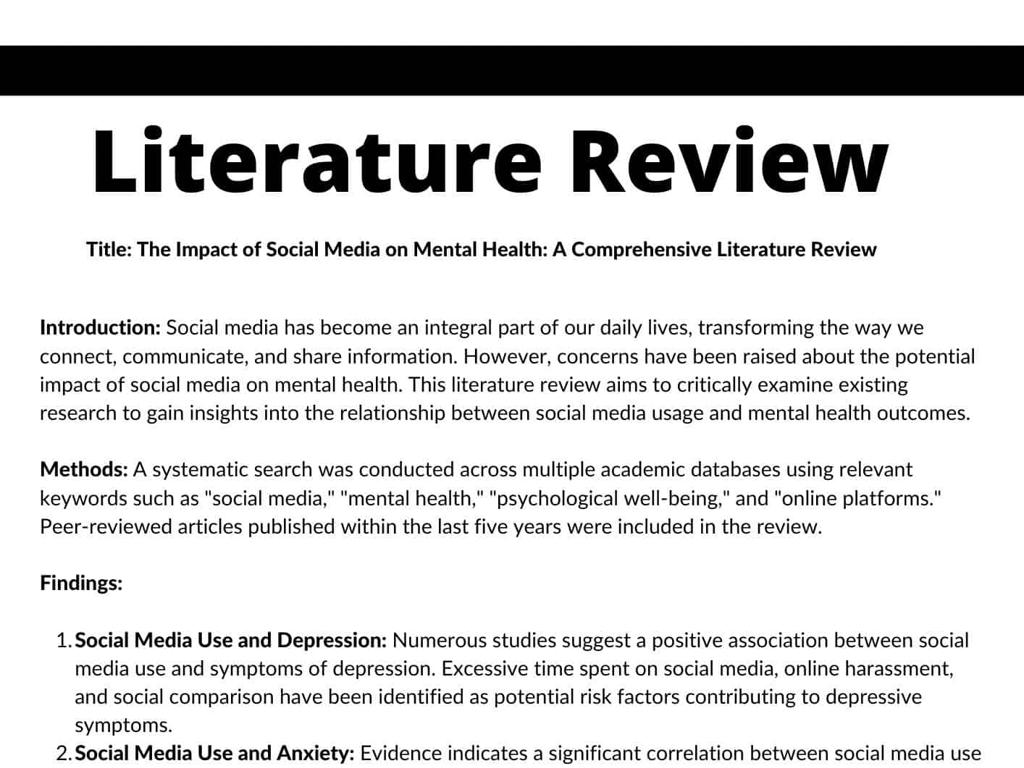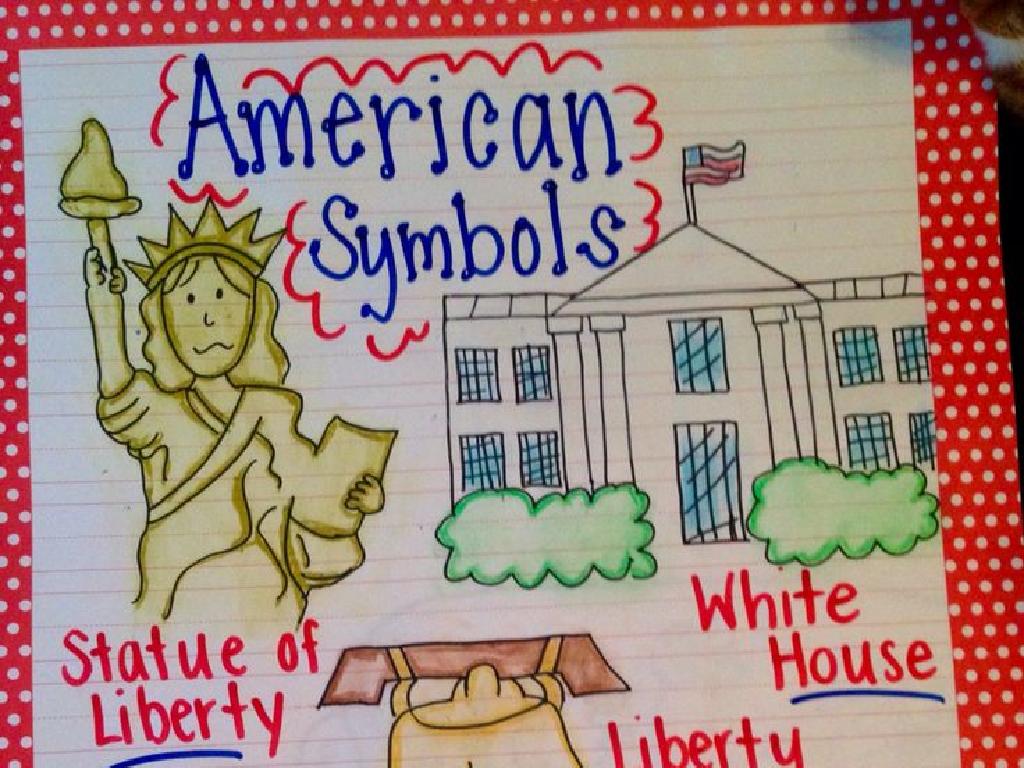Subtract Two-Digit Numbers - Without Regrouping
Subject: Math
Grade: Second grade
Topic: Subtraction: Two Digits
Summary: This second grade math presentation teaches students how to subtract two-digit numbers without regrouping, helping them build strong subtraction skills. Through clear steps, engaging examples, and hands-on practice, students learn to line up numbers by place value and subtract each column with confidence. Interactive activities like class games and subtraction bingo make learning both fun and effective. The lesson reinforces understanding and encourages students to practice regularly for mastery.
Please LOG IN to download the presentation. Access is available to registered users only.
View More Content
Welcome to Subtraction!
– Learn to subtract two-digit numbers
– Subtraction shows how many are left
– If you have 53 apples and give away 21, how many do you have left?
– No regrouping in today’s lesson
– Practice with examples
– Example: 74 – 26. Line up the numbers and subtract one column at a time.
|
This slide introduces second graders to the concept of subtracting two-digit numbers without the need for regrouping. Emphasize that subtraction is a way to find out the remaining quantity after some has been taken away. Use simple, relatable examples to illustrate this point. Ensure that students understand that today’s focus is on problems that do not require regrouping, which simplifies the process. Provide clear examples on the board and walk through the steps together. Encourage students to practice with several problems and to check their work by adding the difference to the smaller number to see if it equals the larger number.
Understanding Subtraction: Taking Away
– Subtraction means taking away
– Numbers get smaller when we subtract
– Example with apples
– Start with 10 apples, give away 3, count how many are left
– Practice subtraction without regrouping
– Try 23 – 15, where we don’t need to borrow from the next column
|
This slide introduces the basic concept of subtraction to second graders by relating it to a tangible example of taking away apples. Emphasize that subtraction is simply the process of removing a certain number from another, resulting in a smaller number. Use the apple example to visually demonstrate subtraction by showing 10 apples and removing 3, then counting the remaining apples. This will help students understand the concept of ‘taking away.’ After the example, guide students through a subtraction problem that does not require regrouping, such as 23 – 15, to reinforce the concept without introducing the complexity of borrowing. Encourage students to visualize the problem and use hands-on materials like counters or drawings to solve it.
Subtracting Without Regrouping
– Understanding regrouping: no borrowing needed
– Subtract smaller from bigger numbers
– Always ensure the top number is larger in each column
– Example: 52 – 15
– Subtract ones first, then tens: 2 – 5 doesn’t work, so we look at the tens place
– Practice makes perfect
– Let’s solve more problems like this together
|
This slide introduces the concept of subtraction without regrouping, which is a foundational skill in second-grade mathematics. Regrouping, or borrowing, is a technique used in subtraction when the top number in a column is smaller than the bottom number. However, for this lesson, we will focus on problems that do not require regrouping. Start with an example like 52 – 15, where students can subtract each place value separately without borrowing. Emphasize the importance of checking that the top number is larger in each column before subtracting. Encourage students to practice with similar problems to build their confidence and proficiency in this skill.
Step-by-Step Subtraction Without Regrouping
– Subtract ones place first
– If you have 43 – 21, start with 3 – 1
– Then subtract tens place
– Next, do 40 – 20 for the tens place
– Line up numbers by place value
– Write numbers vertically, ones under ones
– Check your subtraction
– Go back to ensure each step is correct
|
This slide is aimed at teaching second graders how to subtract two-digit numbers without regrouping. Start by explaining the importance of subtracting the ones place before moving to the tens place. Emphasize the need to line up numbers by their place value to avoid confusion. Use examples on the board to demonstrate this process step by step. Encourage students to always double-check their work. As an activity, provide several two-digit subtraction problems for them to solve, ensuring they apply the steps correctly. Offer guidance and support as they work through the problems.
Let’s Practice Together: Subtraction Without Regrouping
– Observe the subtraction problem
– Solve it step by step together
– We’ll subtract the ones place, then the tens place
– Ensure everyone is ready to participate
– Here’s our challenge: 43 – 26
– Think: What is 3 minus 6? How about 40 minus 20?
|
This slide is designed to engage the whole class in a collective problem-solving activity. Start by writing the problem ’43 – 26′ on the board and ask the students to observe it carefully. Guide them through the process of subtracting one digit at a time, starting from the ones place (rightmost digit). Since this is subtraction without regrouping, ensure that the students understand they only need to subtract smaller numbers from larger ones within the same place value. Encourage them to participate and ask questions if they’re unsure. After solving the ones place, move to the tens place. Once the class has reached the solution, discuss the process and answer any questions. This activity will help reinforce their understanding of basic subtraction without regrouping.
Try It Yourself: Subtraction Practice
– Start with subtracting ones
– Next, subtract the tens
– It’s okay to make mistakes
– Mistakes help us learn and grow
– Practice makes perfect!
– Keep trying with different numbers
|
This slide is designed as a class activity to encourage students to practice subtracting two-digit numbers without regrouping. Start by reminding them to subtract the ones place before moving on to the tens place. Emphasize that making mistakes is a natural part of the learning process and that they should not be discouraged. Provide several examples on the board and work through them as a class. Then, give students a set of problems to solve independently. Circulate the room to offer support as needed. Possible activities include: using manipulatives like blocks or counters, subtracting numbers in a story problem format, creating a subtraction number line, or playing a subtraction game with partners.
Class Activity: Subtraction Bingo
– Let’s play Subtraction Bingo!
– Solve subtraction problems
– Use two-digit numbers without regrouping
– Cover the answer on your card
– Use counters or markers for covering
– Aim for five in a row to win!
|
This interactive class activity is designed to help second graders practice subtracting two-digit numbers without regrouping in a fun and engaging way. Prepare bingo cards in advance with a variety of possible answers. During the activity, call out subtraction problems for the students to solve. Students will use their mental math skills to find the correct answer and then cover it on their bingo cards with a counter or marker. The goal is to get five correct answers in a row, either horizontally, vertically, or diagonally. The first student to achieve this calls out ‘Bingo!’ and wins the game. This activity reinforces subtraction skills and offers a hands-on approach to learning. It also encourages attention and quick thinking. Have a few variations of the game ready for multiple rounds to give each student a chance to win.
Great Work on Subtraction!
– Proud of your subtraction skills
– Practice is key to improvement
– Homework: subtraction worksheet
– Solve each problem without regrouping
– Bring completed worksheet to class
– Show your work on each problem
|
This slide is meant to wrap up the lesson on subtracting two-digit numbers without regrouping. It’s important to acknowledge the students’ efforts and to emphasize the importance of practice in mastering math skills. The homework assignment is a worksheet that provides additional practice to reinforce the day’s lesson. Remind students to solve each problem carefully without regrouping and to show all their work for each problem. This will help you assess their understanding and provide support where needed in the next class. Encourage them to ask questions if they encounter difficulties while doing their homework.




